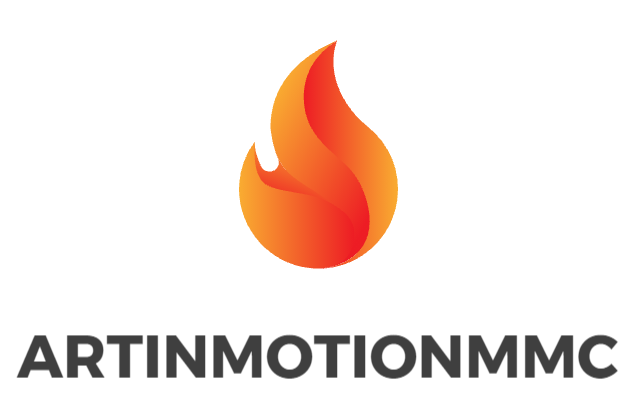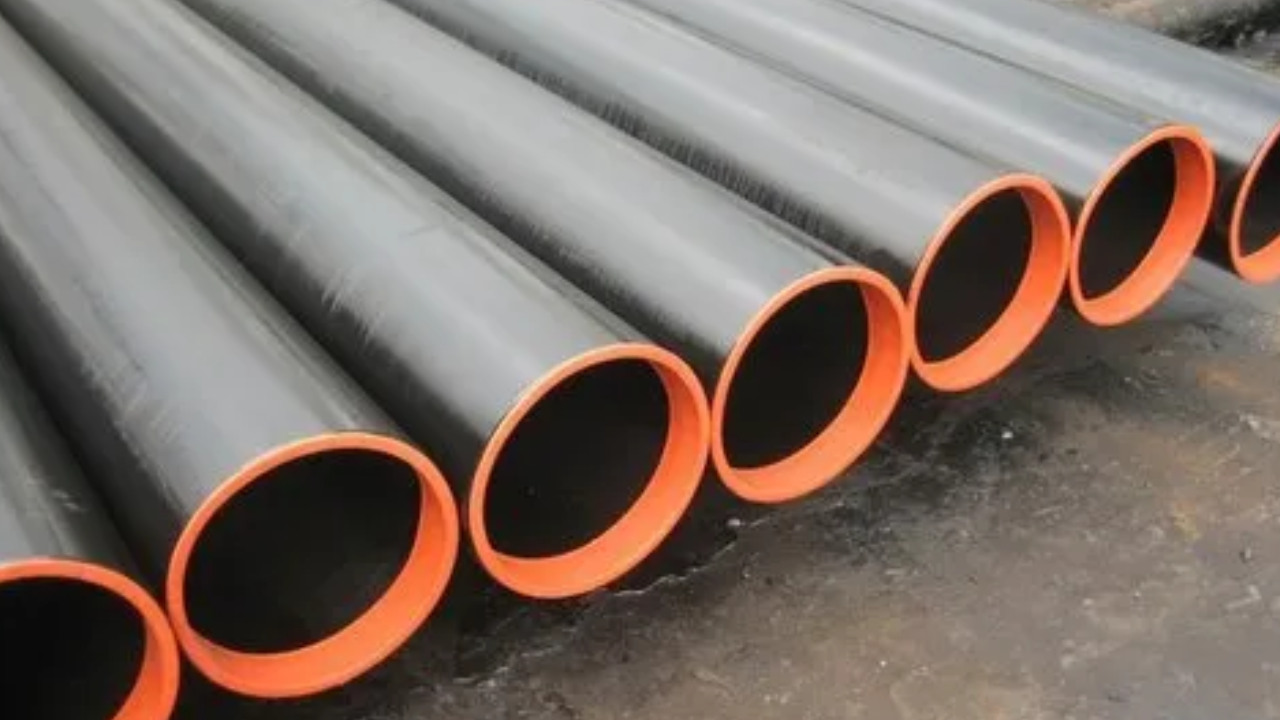Installing fire sprinkler pipes poses a few challenges due to the complexity of ensuring compelling fire security while complying with building codes and security measures. Designing a system that covers all regions of a building while pleasing its format and structural highlights is vital. Compliance with national and local fire codes directs particular measures for pipe materials, installation strategies, and water-powered calculations to guarantee satisfactory water stream, weight, and scope amid a fire crisis.
Coordination with other exchanges, such as electrical and HVAC frameworks, is basic to dodge clashes and maintain system integrity. Access limitations, material determination, hydraulic calculations, testing, and continuous upkeep contribute to the challenges of introducing fire sprinkler channels, requiring cautious arranging and mastery to overcome.
Overcoming Challenges in Fire Sprinkler Pipe Installation
Introducing fire sprinkler piping poses a few challenges due to the complexity of ensuring viable fire security while complying with building codes and security standards. This article investigates the key challenges experienced amid the installation of fire sprinkler pipes and talks about techniques to address them.
Design and Format Considerations
One of the essential challenges in installing fire sprinkler pipes is designing a system that successfully covers all ranges of a building while pleasing its unique format and building highlights. Buildings change broadly in measure, shape, and utilization, requiring customized plans to guarantee comprehensive fire security. Challenges frequently emerge in deciding the ideal arrangement of sprinkler heads, pipe courses, and valve areas to maximize scope and reaction time within the occasion of a fire.
Compliance with Building Codes and Standards
Assembly regulatory necessities and building codes are another significant challenge in fire sprinkler pipe installation. National and nearby fire codes direct particular measures for pipe materials, installation strategies, dispersing of sprinkler heads, and pressure-driven calculations. Compliance guarantees that the sprinkler system capacities as planned amid a fire crisis, giving satisfactory water stream, weight, and scope. Failure to follow these measures can result in delays, costly modifications, or indeed non-compliance penalties.
Coordination with Other Exchanges
The installation of fire sprinkler pipes frequently converges with other building systems and exchanges, such as electrical, HVAC (Warming, Ventilation, and Discuss Conditioning), plumbing, and basic components. Coordinating these exercises is pivotal to avoiding clashes, guaranteeing appropriate clearances, and maintaining the keenness of each framework. Challenges may emerge from clashing space necessities, obstructions with existing foundations, and scheduling conflicts among diverse exchanges.
Access and Establishment Challenges
Access to installation ranges can show critical challenges, especially in existing buildings or amid renovation ventures. Constrained ceiling space, basic deterrents, and building materials can limit the establishment of sprinkler channels and influence the system's format. Installers may have to be explored around ductwork, plumbing lines, electrical conduits, and other hindrances, requiring imaginative arrangements and specialized gear. Retrofitting more seasoned buildings with sprinkler systems can be particularly challenging due to building imperatives and the got to minimize disturbance to tenants.
Pipe Material Selection and Compatibility
Choosing the correct pipe materials is basic to the life span and execution of fire sprinkler systems. Different materials, such as steel, copper, and CPVC (Chlorinated Polyvinyl Chloride), have distinctive qualities, erosion resistance, and cost contemplations. Selecting materials that are consistent with water quality, natural conditions, and fire danger classifications is basic to prevent corruption and guarantee system reliability over time.
Hydraulic Calculations and System Execution
Exact hydraulic calculations are essential to decide the desired pipe sizes, water weight, and stream rates for successful fire suppression. Challenges can emerge in foreseeing water demand based on building occupancy, danger classifications, and sprinkler head dispersing. Blunders in pressure-driven calculations can lead to lacking water conveyance, diminished framework effectiveness, or intemperate weight misfortune, compromising the system's capacity to control or quench fires viably.
Testing and Commissioning
Testing and commissioning the fire sprinkler system is a basic stage that guarantees its availability and reliability. Challenges may emerge amid this stage, including confirming appropriate pipe establishment, conducting weight tests, and guaranteeing the usefulness of valves, cautions, and control systems. Testing methods must follow to industry guidelines and regulatory prerequisites to approve the system's execution beneath reenacted fire conditions.
Conclusion
Introducing fire sprinkler pipes includes exploring a few challenges related to plan complexity, administrative compliance, coordination with other exchanges, access imperatives, material choice, water-powered calculations, testing, and progressing support. Tending to these challenges requires collaboration among partners, adherence to building codes and benchmarks, and the utilization of progressed designing and establishment procedures.


